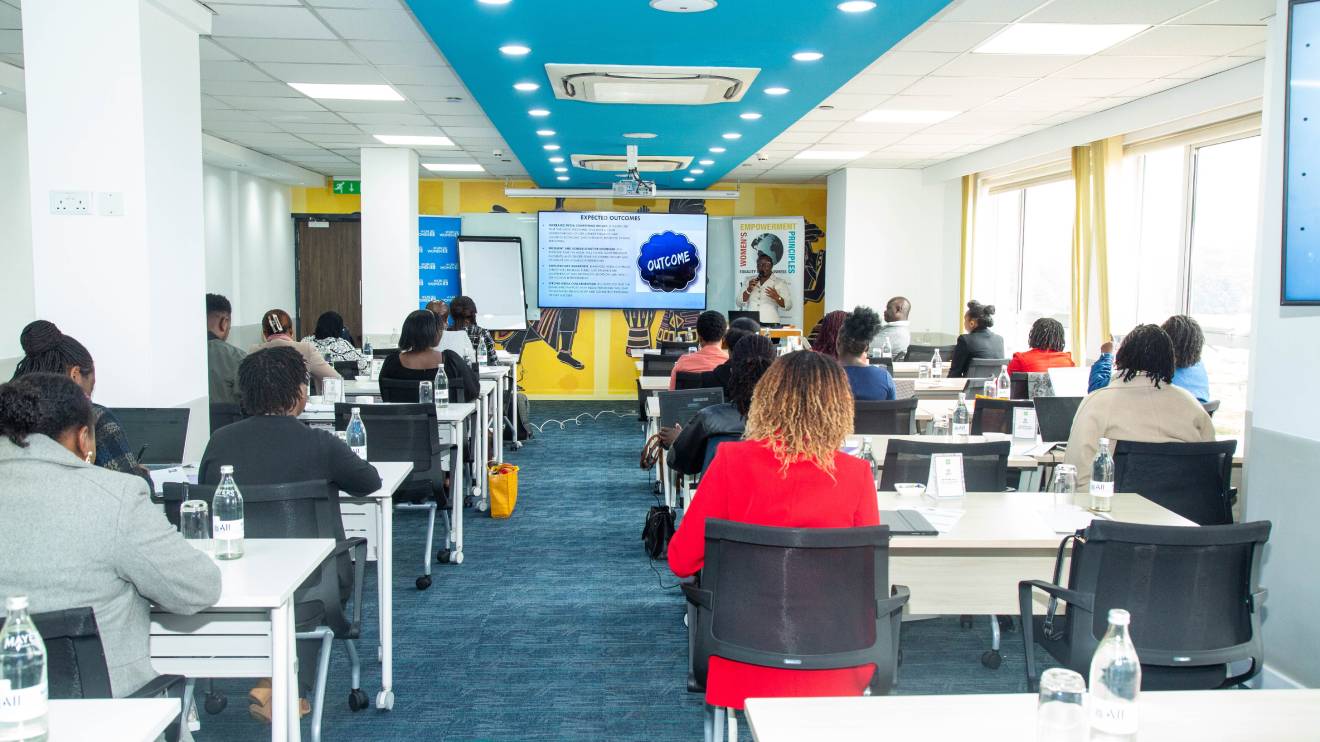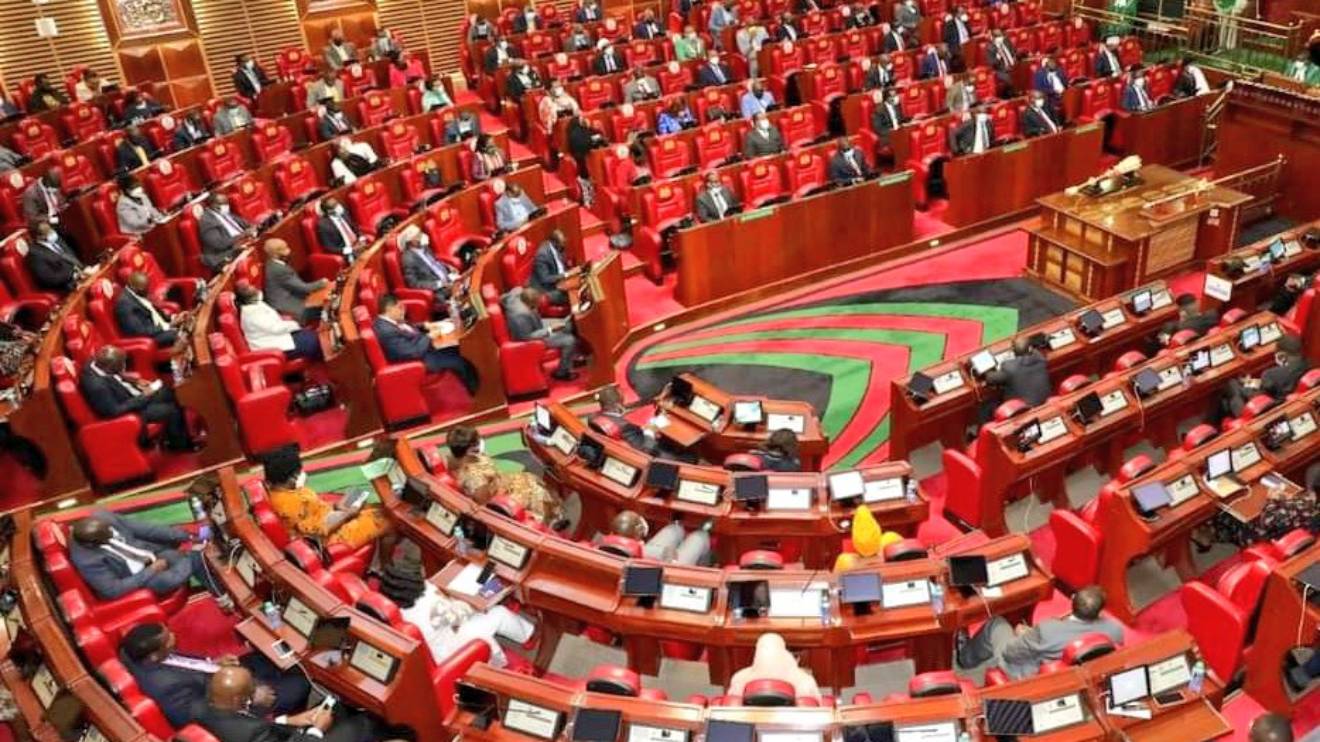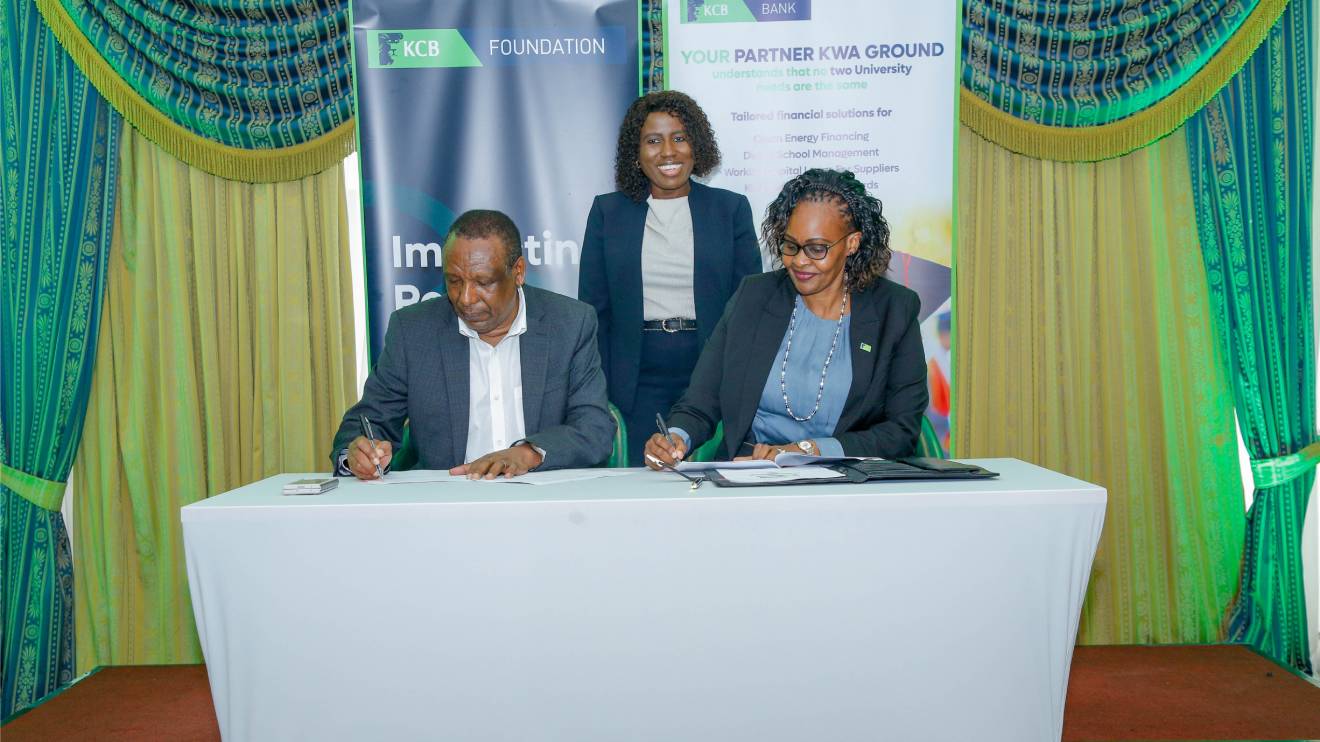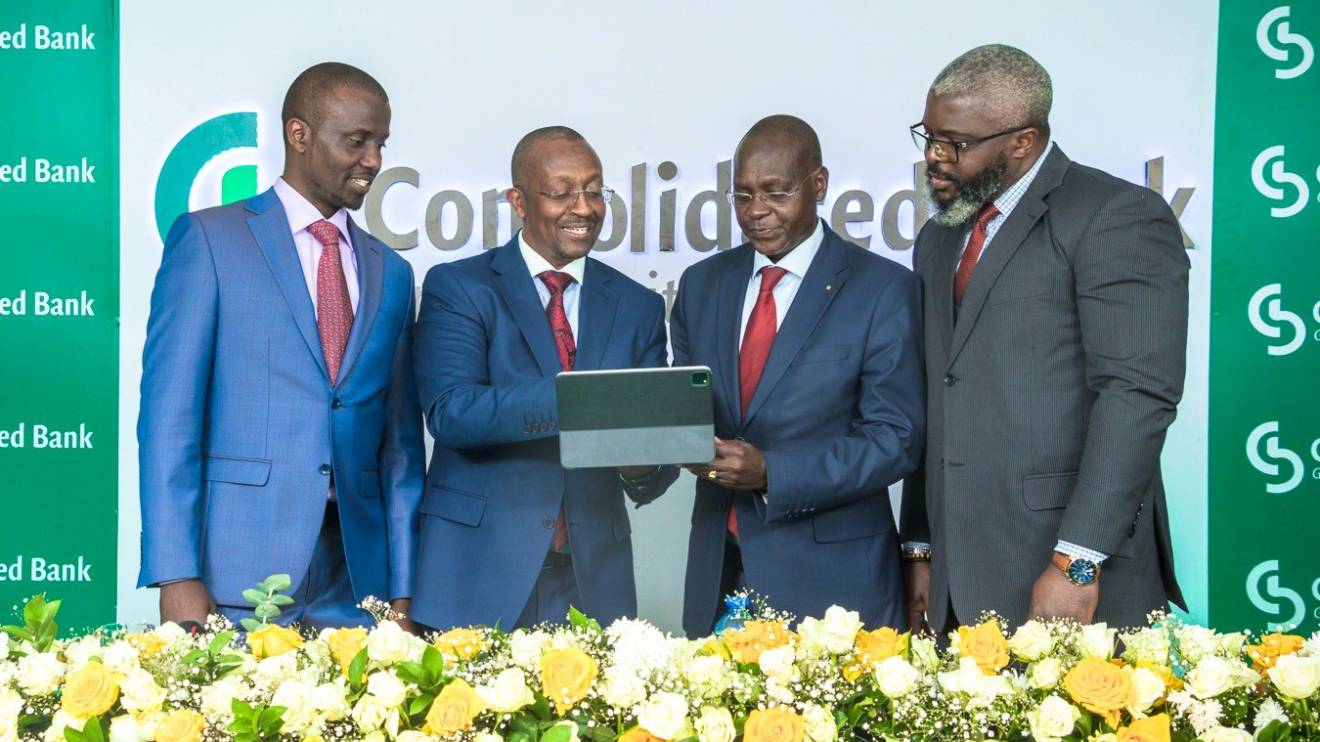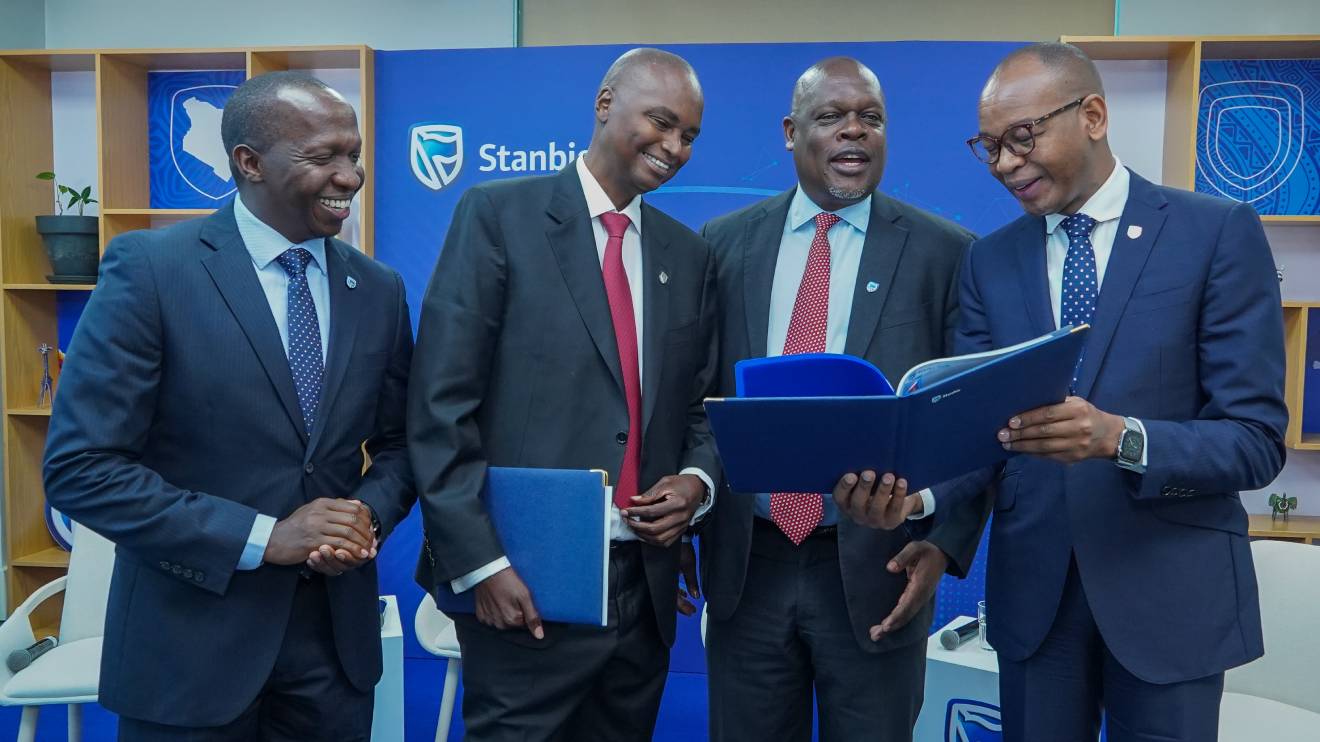The promise was 30 per cent. But over a decade since the government ring-fenced public contracts for women, youth and persons with disabilities, less than two-thirds of that target is being met by women-owned enterprises, currently claiming just 18.1 per cent of total tenders.
UN Women has raised the alarm, calling the gap a stark indicator of structural and cultural barriers embedded deep within Kenya’s public procurement systems.
“Women should take up these opportunities. We are working with Treasury and capacity building to increase adoption,” said Millicent Okello, the Women’s Economic Empowerment Specialist for Gender Responsive Procurement at UN Women.
She was speaking on Thursday in Nairobi at a media sensitisation forum convened to rally support for Gender Responsive Procurement, an approach designed to fix the gender imbalances in state supply chains.
Launched in 2013, the Access to Government Procurement Opportunities (AGPO) initiative mandates that no less than 30 per cent of government contracts be awarded to firms led by women, young people and persons with disabilities. However, the policy’s implementation has consistently fallen short.
And the reasons are neither few nor simple.
From lack of capital and collateral to deeply entrenched societal norms, women in business are still fighting uphill battles in accessing government opportunities.
Complex technical demands, convoluted registration requirements, and insufficient managerial experience all compound the challenge. In many rural areas, awareness of AGPO even exists in name only.
Worse still, the hidden labour burden falls heavily on women: unpaid domestic and caregiving responsibilities eat up close to 300 minutes of their time every day, leaving little room for entrepreneurial pursuit.
A policy paper by Strathmore University condenses these layered barriers into what it calls the ‘5Cs’: capacity, complexity, cost, communication, and corruption.
These, the brief says, have left many women locked out of what should be their guaranteed share of the national supply chain.
Youths and persons with disabilities, also covered under the AGPO framework, have not fared much better, facing the same systemic constraints in a procurement system still largely resistant to reform.
Florence Chemitai, deputy director at the State Department for Gender and Affirmative Action, urged marginalised groups to seize the chances available.
“We do training and capacity building to ensure expansion and growth for businesses owned by these target group. We call upon them to take up these opportunities,” she said.
To support this push, the government has moved towards digitisation.
All vendors dealing with public entities are now required to register on the Electronic Government Procurement (e-GP) platform, which became operational on July 1, 2025. Failure to comply will render businesses ineligible for government tenders.
“The system creates transparency, you are able to see the entire tendering process, creates efficiency and accountability and reduces timelines,” noted Simon Okoth, a principal supply chain management officer at the National Treasury.
He added that Treasury is working to restructure large contracts into smaller packages, a move aimed at making tenders more accessible to underrepresented businesses.
Over 120,000 enterprises are presently enrolled on AGPO, but with women still clinching less than a fifth of tenders, the numbers hint at a deeper problem—one that capacity building alone may not fix.
Whether through reforms, digitisation or awareness, the pressure is now squarely on both the state and the beneficiaries to close the widening gap between policy and practice.
The framework exists. So does the funding. What remains is for equity to move from theory into measurable outcomes.

